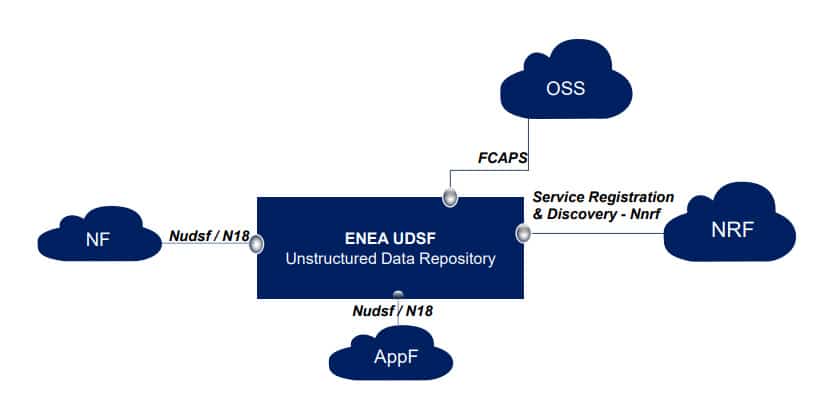Dynamically create, store & share
Any 5G Function & Data Object
Resilient Data storage, distribution for unstructured data – created & updated by application functions across the network – to hold data like authentication vectors, session usage / consumption data, IP-Device association etc.
There is a new way of storing and distributing this information in 5G – call ‘Unstructured Data Storage Function’ which enables many more applications to store and share dynamic data (and leverage it for use cases like network analytics) in a cloud native deployment using a common standard interface across a standard service bus architecture.
Check out the use cases for unstructured data and get out of the operational complexity of each application having a unique approach.
Look at the challenges of storing and sharing resiliently from the perspective of the data and not just the app/function that created it.
Where Unstructured Data Fits in 5G
Unstructured Data Storage Function (UDSF)
- According to 3GPP 29.598 (Release 16/Stage3)
- Maintains session data, which enables any network function and application to be stateless.
- Data replicated and synchronised (eventual synchronisation)
- Access control for NFs based on Bind
- Object size <=10 MB (at present)
Use Cases
- Data store for NFs providing scale and resilience
- Data sharing for application functions
- Notification of change from NFs
- Applications using data do not need access the source Network Function instances directly – they can harvest data from a copy

Stratum Network Data Layer is the perfect cloud-native, resilient storage and distribution layer to reduce the complexity of each application storing their own data their own way!
